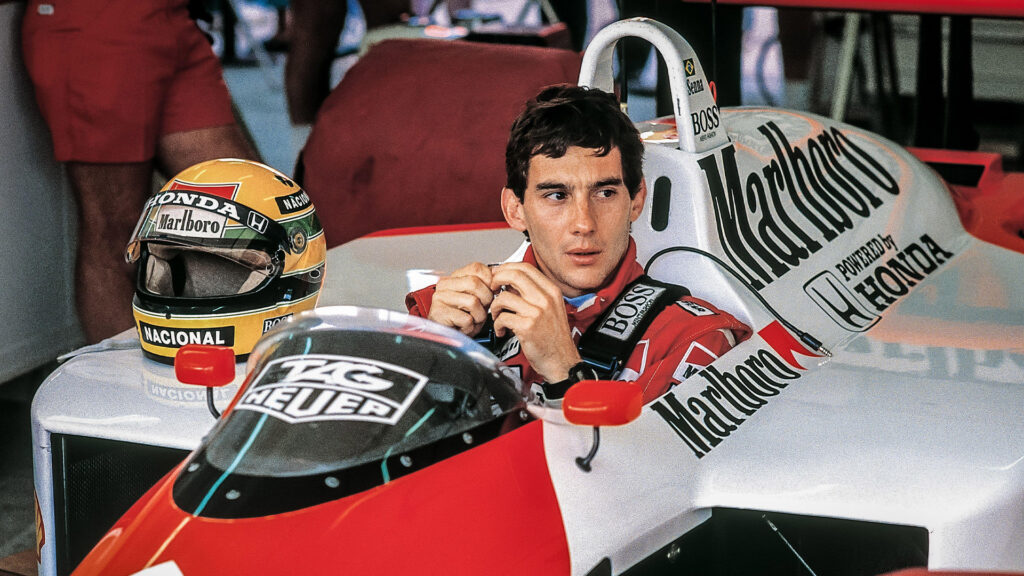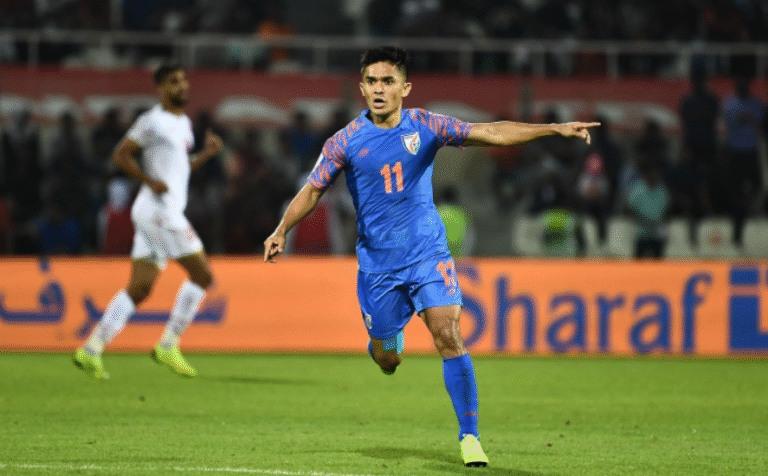
In the high-octane world of Formula One, where speed, precision, and bravery collide at over 300 km/h, few names evoke emotion and reverence quite like Ayrton Senna. Even decades after his tragic death at the 1994 San Marino Grand Prix, Senna remains an icon—not just of motorsport, but of passion, resilience, and human excellence.
🌟 The Rise of a Racing Prodigy
Born on March 21, 1960, in São Paulo, Brazil, Ayrton Senna da Silva showed an early affinity for mechanics and racing. From the age of four, he was driving go-karts and demonstrating a deep understanding of racing lines, engine sounds, and tire behavior. His karting career laid the foundation for a legacy that would transcend sport.
Senna entered Formula One in 1984 with the modest Toleman team, but it didn’t take long for the motorsport world to notice his brilliance. His breakthrough came at the 1984 Monaco Grand Prix, where he finished second in the rain-soaked conditions—nearly overtaking the great Alain Prost. It was clear: a new star had arrived.
🏎️ The McLaren Era: Greatness Forged in Rivalry
Senna’s move to Lotus in 1985 gave him his first Formula One victories, but it was his time with McLaren, from 1988 to 1993, that cemented his place among the legends.
During his McLaren years, Senna won three Formula One World Championships—in 1988, 1990, and 1991. His partnership—and fierce rivalry—with French driver Alain Prost became the stuff of legend. The two clashed on and off the track, famously colliding at Suzuka in both 1989 and 1990 in championship-deciding moments.
But beyond the drama, what set Senna apart was his absolute focus and belief in divine purpose. He often spoke about feeling a spiritual connection while racing, especially during qualifying laps when he pushed himself—and the car—beyond its perceived limits.
“I suddenly realized that I was no longer driving the car consciously. I was driving it by a kind of instinct. I was in a different dimension.”
— Ayrton Senna

⚡ The Master of Qualifying and Wet Weather
Senna’s qualifying performances were unmatched. He secured 65 pole positions, a record that stood for 12 years until surpassed by Michael Schumacher. His ability to extract every millisecond from the car, especially on Saturdays, made him a legend of the one-lap shootout.
He was also known as the “Rain Master”, with memorable wet-weather wins like the 1993 European Grand Prix at Donington Park, where he overtook five cars on the opening lap. That race remains one of the most astonishing performances in F1 history.
🇧🇷 A Hero Beyond the Track
For Brazilians, Senna was more than a driver—he was a symbol of national pride and hope during a time of economic and political turmoil. His victories were celebrated with patriotic fervor, and his humility and philanthropy endeared him to millions.
After his death, the Instituto Ayrton Senna was founded to continue his charitable work. The organization has since helped educate millions of underprivileged children across Brazil, extending Senna’s impact far beyond the racetrack.
⚠️ The Tragic End at Imola
On May 1, 1994, at the San Marino Grand Prix in Imola, Italy, Senna’s car crashed into a concrete wall at 211 km/h. The impact claimed his life instantly. It was a devastating moment for the sport. Just a day earlier, Austrian driver Roland Ratzenberger had also lost his life during qualifying.
Senna’s death sparked a comprehensive overhaul in F1 safety standards. The legacy of those reforms—stronger car structures, head and neck protection systems, improved track design—has saved countless lives.
🕊️ The Eternal Flame
Ayrton Senna was laid to rest in São Paulo, where over three million people lined the streets to pay their respects. His McLaren days, his spiritual depth, his unrivaled skill—these live on in the hearts of fans, drivers, and engineers.
Modern champions like Lewis Hamilton and Sebastian Vettel often cite Senna as their inspiration. His influence even permeates popular culture through documentaries like “Senna” (2010), which brought his story to a new generation.
Ayrton Senna wasn’t just a driver. He was a poet of speed, a warrior of faith, and a symbol of human potential.
As we remember him today, we don’t just remember the victories or the records—we remember the man who gave everything to the pursuit of perfection.
Ajith Kumar at Senna’s Statue and his respect at Tumberello corner in Imola Circuit!
For more motorsport legends and history, stay tuned to BiGG Sports NEWS.





1 thought on “Actor/Racer Ajith Kumar pays respect for Ayrton Senna: The Fallen Legend Who Redefined Formula One at Imola Circuit!”